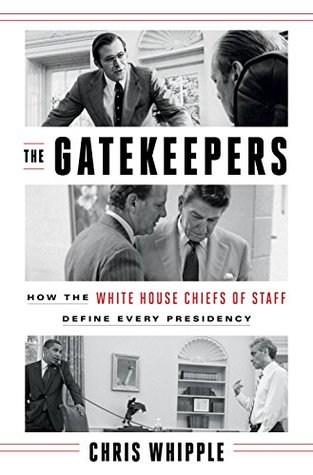More on this book
Community
Kindle Notes & Highlights
Read between
December 8 - December 18, 2017
“You’ve got to slow down, and listen,” he said. “You’ve got a lot of smart people who are in that building with you. And you’ve got to resist the temptation to always have the answer. Slow down, listen. You’ll learn a lot and you’ll make better decisions.”
“Every president reveals himself,” says historian Richard Norton Smith, “by the presidential portraits he hangs in the Roosevelt Room, and by the person he picks as his chief of staff.”
“Poor Ike!” his predecessor Harry Truman had quipped upon Eisenhower’s election. “He’ll sit here and he’ll say, ‘Do this! Do that!’ And nothing will happen. It won’t be a bit like the Army.”
To Nixon, a grocer’s son from Whittier, California, raised by a Quaker mother, Haldeman belonged to another, rarefied world. “Los Angeles has a very distinct social hierarchy—with its own schools, fraternities, and status,” says Nixon biographer Evan Thomas. “And Nixon was envious of that: ‘Haldeman, wow, he’s part of the Los Angeles ruling class.’ ”


